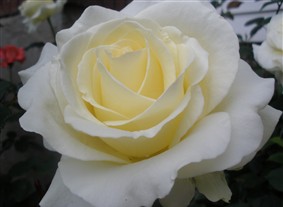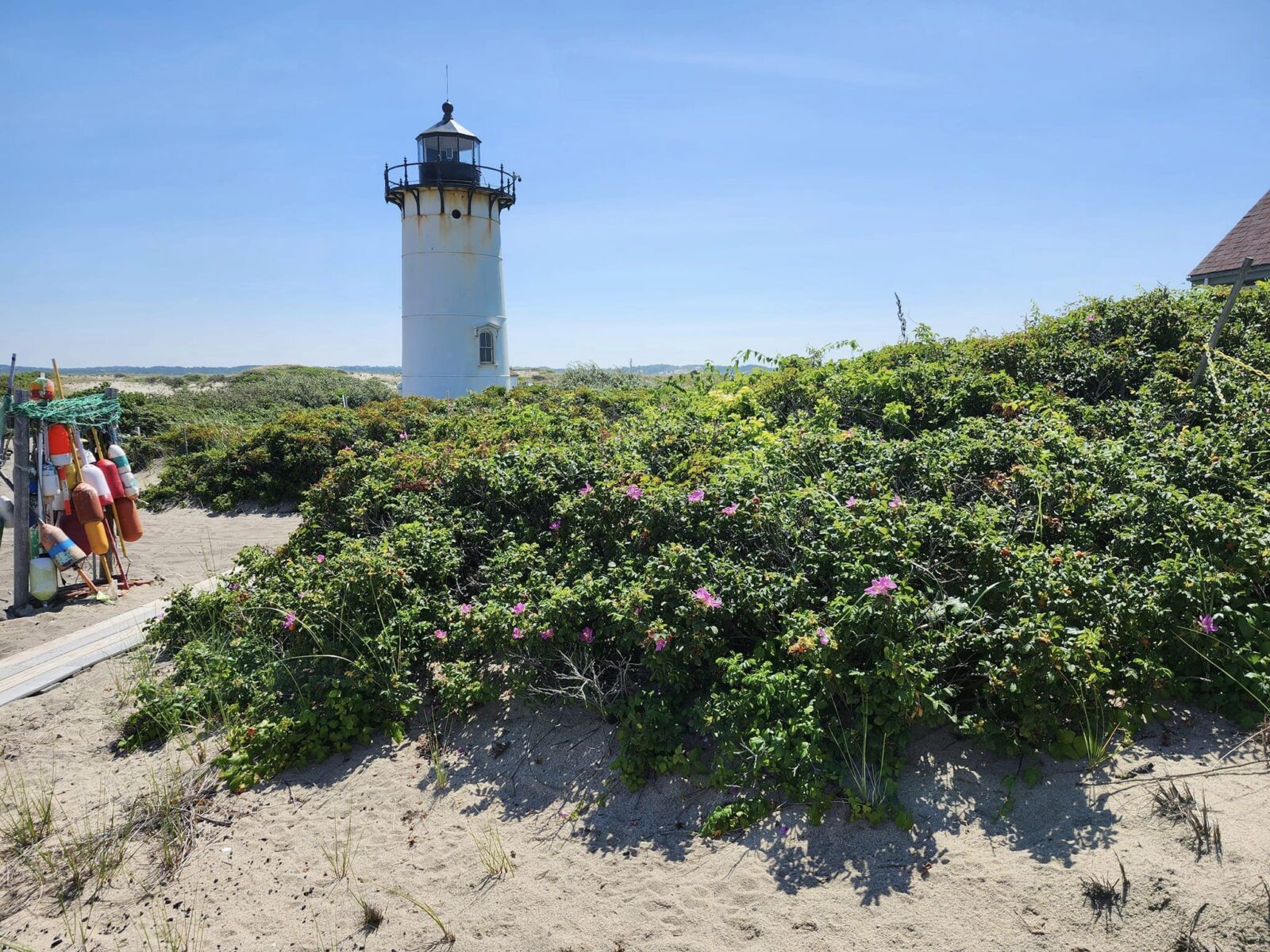So You Brought Home a Rosebush!
Views: 5032

Well, you’ve made the big step and bought your first rosebush. Now what? Don’t worry…there’s nothing more rewarding than growing roses! Roses are not difficult to grow, they just have some specific needs. My friend, Sue, calls them “lotta-lotta-lotta” plants, and actually, that is pretty accurate! No matter what kind of rose you decide to grow, it is going to need a lot of sunshine. Plus a lot of water, and a lot of nutrients. So, the first thing you will need to do is to select a spot in your yard that gets at least five or six hours of sunshine a day. You should plan on planting your rose away from trees and shrubs that would compete for water and nutrients.
You will need to dig a large hole for your rose to grow in; they are deep-rooted plants. In my microclimate here in north-central Connecticut, we regularly go below zero in the wintertime, so I like to plant my bud unions, or crowns, at least a couple of inches below soil level. All good things come from the crown of the plant, so I like to make sure it is protected at all times. If you live in an area in zone 6 or colder, you may want to do the same thing and adjust the depth of your hole accordingly.
Roses will do well in any good garden soil, but I like to make amendments to make it even better. I add compost (yummy, crumbly, worm-casting rich, black gold) to the soil and mix it in well. You can add all the good organic stuff you have–manures and the like–but if you use horse manure, make sure it is well composted! Hay and oats are beautiful plants, but not in your rose garden!
Rosebush Tips
When you have your rose soil amended, you may wish to add a handful of super phosphate to the bottom of the hole and mix it in before you plant your rosebush. Phosphorus is the middle number in fertilizer and is specifically for great roots and excellent blossom formation. By nature, it moves very slowly through the soil, so if it is applied near the surface it could take years before it gets to the root zone where it’s needed. Also, near the surface, it can be washed out of the soil and into the groundwater where it can cause algae bloom, something that as gardeners we don’t wish to encourage. In your rose’s hole, however, it is a wonderful tool that will last for the life of the rose.
Planting your Rosebush
Okay…now you are ready to pop your rose out of the pot! If the soil falls off the rootball, make a cone of it in the bottom of the hole and spread the roots over it like a skirt. (This is the same way you will want to plant bare-root roses.) You will then want to back-fill your hole half-way with your rich soil mixture, and press it down over the roots as hard as you can with your hands. Get your hose with your long-handled watering wand and fill the hole all the way to the top with water.
Let it all soak in, and then back-fill the hole the rest of the way. Cover the area with some shredded bark mulch to keep the roots cool for the summer and to help hold the moisture in the soil from evaporating. Mulch also breaks the water nicely when you water with your watering wand, and keeps the soil from washing out of your garden. Now, you can sit back and enjoy! In a few weeks, you will be enjoying your new roses!
Feeding Roses
It is not necessary to feed your new rosebush until after its first bloom. Then, there are many choices available to the rose gardener. I like to use Bayer Advanced 2-in-One Rose and Flower Food, because the fertilizer works well and the product contains some Disulfuton, a systemic insecticide. When the plant draws up moisture and fertilizer, it draws up the insecticide, too. When sucking insects attack your plant, they get zapped. This Bayer product lasts for about six weeks.
Many rosarians use half a cup or so of any 10-10-10 fertilizer once a month. At Elizabeth Park, which is America’s oldest municipal rose garden, we use 14-14-14 Osmocote in our rose beds. This is a great time-release product which lasts for four months, works wonderfully, and saves us a lot of work in our 2 1/2 acre, 15,000 rose garden. There are many good products on the market, and you will have no trouble finding one which fits your needs.
Watering
You will notice that I have mentioned my long-handled watering wand on several occasions. Mine is one of my favorite tools, and I use it on a regular basis. Roses have a tendency toward fungus diseases, and so it is important to keep the foliage as dry as possible. Please don’t overhead-water your roses! I water all 150 roses in my yard by hand. The wand has a shower head on it which penetrates the soil nicely. A good sized rosebush needs 3-5 gallons of water a week. If your rain gauge tells you the heavens are not delivering, you will want to supplement.
Every spring, I count how many seconds it takes for my wand to fill up my five gallon joint compound bucket (another favorite tool!). My faucet delivers a gallon every ten seconds, and I like to water five gallons a week, so each rose gets 50 seconds of water each week during dry periods. This gives me an opportunity to have an intimate relationship with my roses, and gives me another excuse to lovingly look them over!
I can’t wait for all of you to experience your first lovely blooms! Next time, we’ll talk about disease protection. Enjoy!
Meet Marci Martin
Marci Martin has loved roses for as long as she can remember. From the time she was a little girl, she was fascinated with how…
Marci's Recent Posts

Roses and Friends at Race Point Lighthouse








